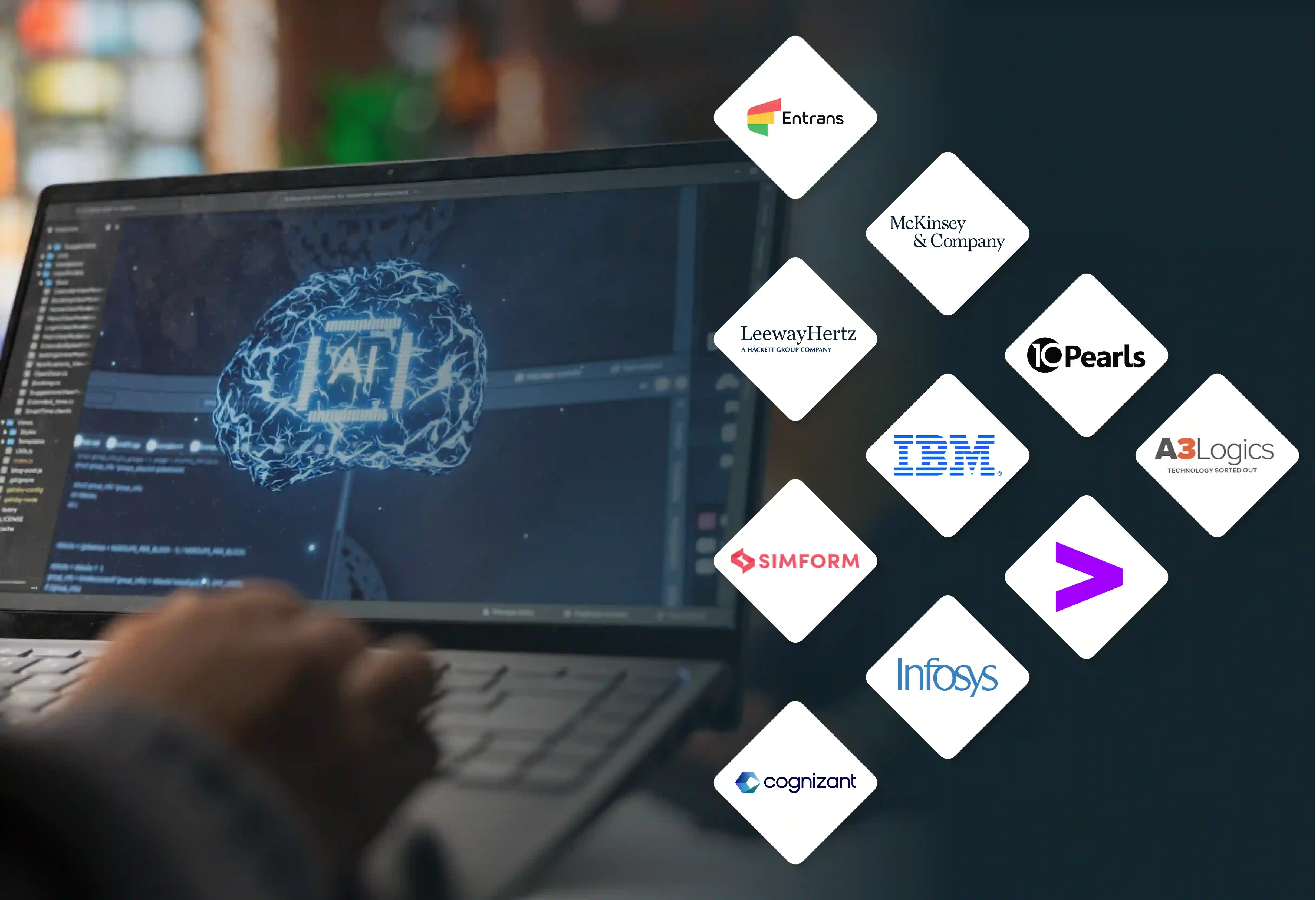


For years, cloud adoption was seen primarily as an infrastructure decision — a way to reduce capital expenses, scale storage, or enable remote access. Today, the role of cloud has evolved. It is no longer a back-office IT choice but the foundation that underpins enterprise modernization.
From banking and healthcare to manufacturing and retail, organizations that embrace cloud are not just moving workloads; they are unlocking new ways of working, innovating, and competing. Cloud is the connective tissue that enables modernization across core systems, applications, data, and processes.
Enterprises still dependent on on-premise systems or first-generation hosted environments face persistent challenges:
This environment makes resilience reactive rather than proactive.
Modernization efforts in data, applications, and processes depend on cloud as the underlying foundation. Its role spans multiple dimensions:
Cloud is not an add-on to modernization; it is the platform that makes modernization possible.
No single cloud model fits every enterprise. The most resilient organizations adopt hybrid or multi-cloud strategies:
These approaches allow organizations to remain compliant with regional regulations, ensure redundancy, and tailor cloud adoption to business priorities.
Cloud-native development goes beyond lift-and-shift migration. It involves designing applications specifically to take advantage of cloud environments. Features include:
Cloud-native applications deliver the agility needed to keep up with changing customer demands and competitive pressures.
Data is at the heart of modernization, and cloud provides the environment to make it actionable. With cloud-based platforms, enterprises can:
Cloud turns data into a strategic asset, enabling insights that legacy environments cannot provide.
Security remains a top concern for enterprises moving to cloud. Modern cloud providers offer advanced capabilities that often exceed traditional on-premise defenses:
Far from being a risk, cloud strengthens the compliance and security posture of enterprises when implemented with the right governance.
Banking and Financial Services: A leading bank migrated its fraud detection systems to a cloud-native environment. The move enabled real-time anomaly detection across millions of daily transactions and reduced false positives by 40 percent.
Healthcare: A global healthcare provider used cloud to create an interoperable data hub. This allowed secure sharing of patient records across geographies, improving care coordination and reducing duplicate tests.
Supply Chains: A manufacturer leveraged cloud-based analytics to optimize inventory in real time, reducing stockouts by 30 percent and lowering carrying costs.
Organizations that embed cloud into their modernization journeys report measurable gains:
Cloud is no longer a cost lever but a competitive advantage.
Enterprises that succeed in cloud-enabled modernization take a phased approach:
This roadmap ensures cloud adoption delivers tangible business benefits while minimizing risk.
Modernization without cloud is incomplete. Cloud is the enabler that connects data, applications, processes, and platforms into a cohesive digital core. It delivers the scalability, flexibility, and intelligence enterprises need to withstand disruption and create new growth opportunities.
The organizations that thrive in the digital economy will not be those that treat cloud as an IT project. They will be those that embed cloud at the heart of their modernization journey, using it to build enterprises that are resilient, agile, and ready for the future.





